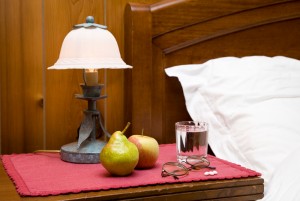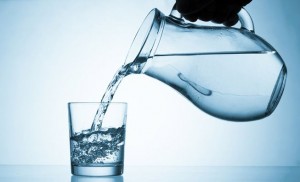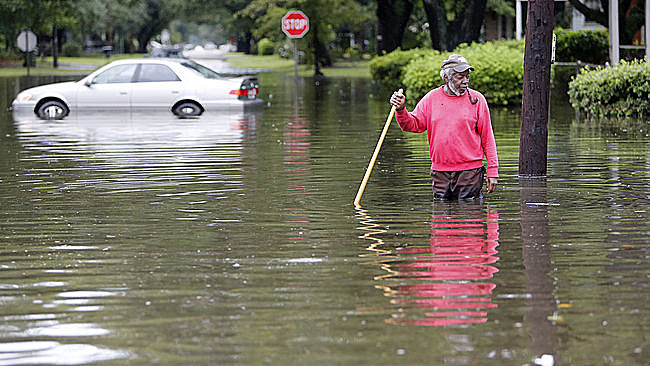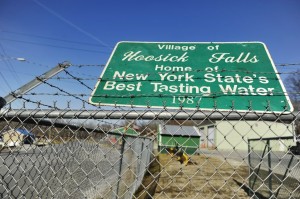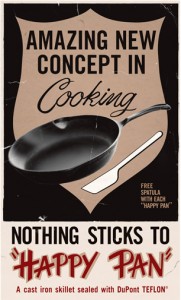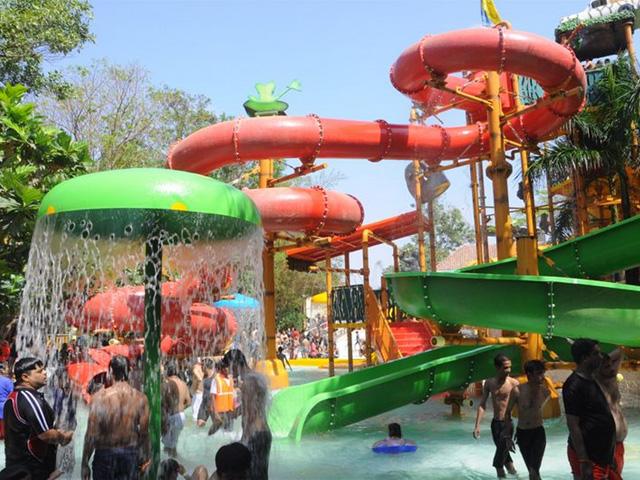What Water Does for You
Drinking water at bedtime does more than make you pee
Hydration
Drinking a glass of water before bedtime helps the body replenish the fluids it loses during the day. The human body is mostly water, and it is vital to keep it hydrated so it works properly. The body doesn’t need to excrete a lot of fluid during sleep so providing it with water before bedtime helps it to maintain hydration.
Water helps the body burn calories efficiently
Keeping your body well hydrated increases its metabolic efficiency and helps it maintain an ideal weight. Water is a natural calorie-burner. Many people sip ice water to burn calories and help lose weight. The belief is that cool water makes the body work double time to keep warm and this burns calories. Clearly, if you drink a lot of cold water at bedtime you will burn extra calories making trips to the bathroom. That’s our theory, anyway.
Water helps you sleep
Drinking water naturally balances the body’s vitamins, nutrients and minerals, replenishing what it burns up during the day. Drinking water before bed balances the body’s hormones, energy levels, muscles and joints, which relaxes the body. During sleep, water has time to reach and replenish every part of the body. Many people feel that they sleep more soundly and consistently by drinking water before bed, leaving muscles, vitamins and minerals in harmony.
Water clears your body of toxins
One of the best benefits of drinking water is that it acts as a natural cleanser. The body attracts many toxins from food and the environment. Cleaning it out consistently helps keep it healthy and functioning well. Drinking water before bed will provide your body with the cleaning agent and the time to clear out your system. The digestive tract, muscles and skin benefit from the cleansing process. Clearly, the cleanest water you can get is best at clearing your body of toxins.
Along with all of the normal health benefits of drinking water, simply having a glass before bedtime each night can have a big and positive effect on lifestyle. People find that they sleep better and have more energy. Improved digestion, weight loss, greater alertness and a general feeling of well-being can result from a nightcap of good old H2O.
The above was adapted from an article in Water Technology magazine.




